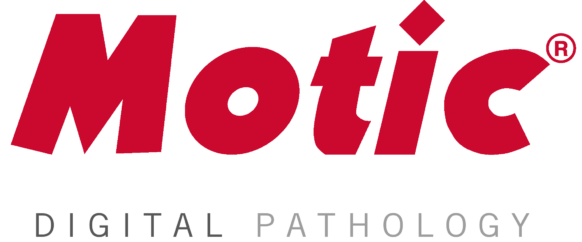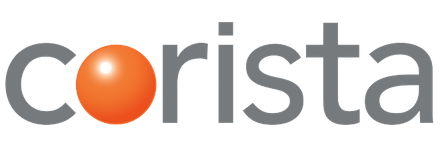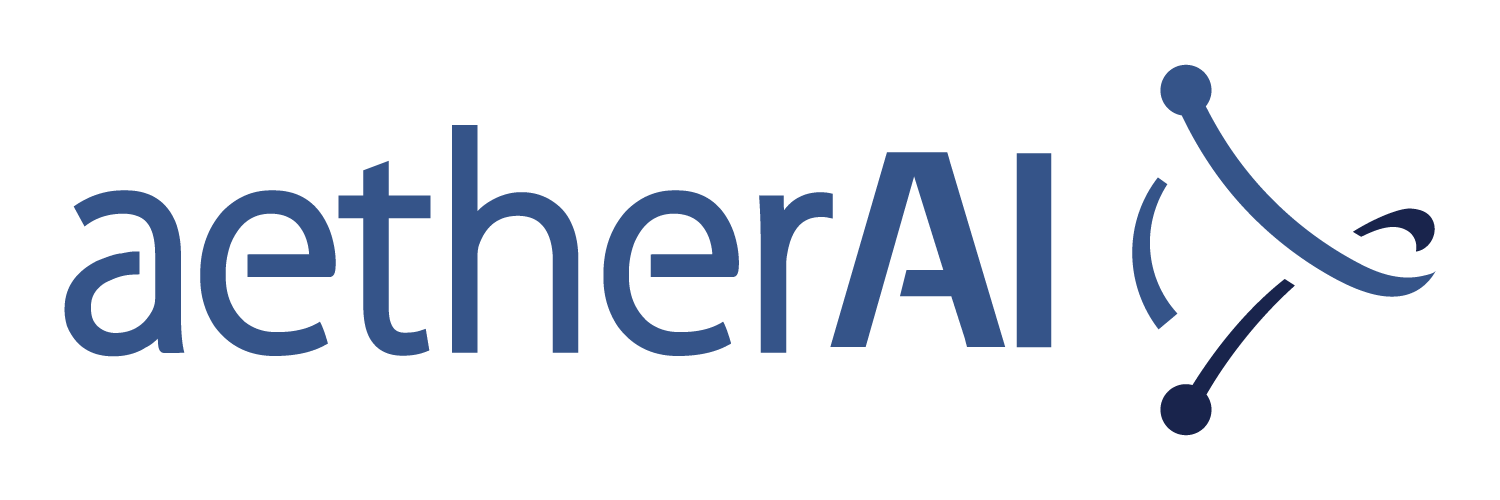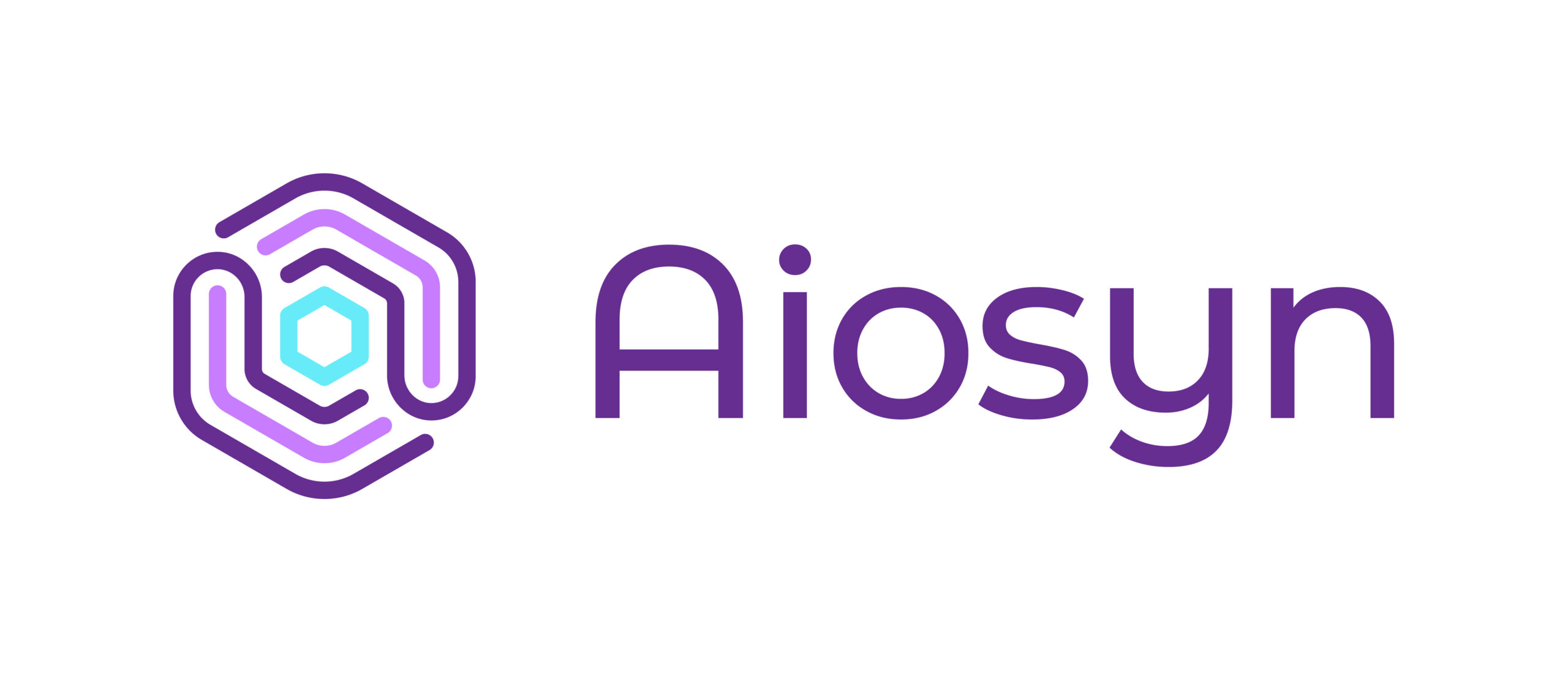Digital Pathology: Technologies and Global Markets – New Market Research Report on companiesandmarkets.com
 The global digital pathology market totaled nearly $2.1 billion in 2012. This market is expected to grow at a compound annual growth rate (CAGR) of 14.7% from $2.2 billion in 2013 to nearly $4.5 billion in 2018.
The global digital pathology market totaled nearly $2.1 billion in 2012. This market is expected to grow at a compound annual growth rate (CAGR) of 14.7% from $2.2 billion in 2013 to nearly $4.5 billion in 2018.
The North American market is expected to reach nearly $1.8 billion in 2018 from $967.5 million in 2013, a CAGR of 13.0% through the forecast period of 2013 to 2018.
The European market is expected to be nearly $809.8 million in 2013. With a CAGR of 12.0%, analysts expect this market to reach $1.4 billion by 2018.
The radiology industry has recently witnessed radical digital innovation similar to that which was experienced by the lab medicine and pathology segments. Digital intrusion has made handheld X-ray films redundant and instead transformed them into computer screen images. These computer images have now become the new industry norm. Significant strategic investments have been made by many service providers in the digital pathology segment to facilitate better education, research, and diagnosis. Advancement in Internet technology has enabled real-time access to video-stream images in hospitals and labs.
The pathology system´s features and benefits differ from one company to the next. Each company´s system displays vary in scan speed with proprietary software technology and support backups. The key to succeed in this market is to have a setup with a system design for pathologists that is practitioner-centric. A collaborative approach is necessary to successfully meet end-user needs.
The FDA is intensely precise during its approval processes for diagnostic image scanning. Outcomes from these trials will shape digital diagnosis in the future. At the center of the scrutiny is the question of effectiveness and accuracy of digital diagnosis over microscopic diagnosis and whether pathologists are able to make the same diagnoses from images. HER2 image analysis is one subset of analysis that the FDA has already approved.
Automation has enabled easier access to pathology expertise. Experts located remotely can diagnose from images, thereby facilitating timely treatment. This phenomenon might lead to a sort of reversal of outsourcing, as the vast pool of trained pathologists in developed countries will be tapped by the underserved countries with high disease burdens. Imaging quality has progressed over the years, with greater clarity of slides that can be easily viewed up to 40x. Further improvements and greater accuracy are likely to happen rapidly as competition picks up. Improvements in operational efficiency, reductions in laboratory expenses, novel treatment options and better patient care are the factors driving growth of the digital pathology market.
The role of a conventional laboratory is to focus on cost savings, increased laboratory workload and innovative technologies, such as m-health. Digital pathology and telepathology are seen as effective solutions with significant scopes to address the prevailing issues of cost, time and technology. Digital pathology and telepathology offer improved connectivity and reduce healthcare costs. Successful and consistent adoption of digital pathology and telepathology in developed economies is encouraging the developing economies to experiment as well.
The creation of disciplined regulatory environments that protect patient safety and focus on electronic medical records (EMRs), the need for quick diagnoses and the maintenance of cost issues will drive the market. The evolving market, however, presents significant challenges, including significant deployment costs, U.S. Food and Drug Administration (FDA) approvals, technological complexities, and a lack of skilled staff and conventional pathologists.
The scenario is very different in developing economies, where the concepts of telepathology and digital pathology are so far relevant only to niche and reputed laboratories. There are significant complexities involved in the process of enabling the adoption of novel technologies. Technology providers are having difficulty meeting varied customer expectations in different regions with respect to the products or services they offer, price and quality.
Click for report details:
www.companiesandmarkets.com/Market/Healthcare-and-Medical/Market ..
Browse all Healthcare and Medical Market Research Reports www.companiesandmarkets.com/Market/Healthcare-and-Medical/Market ..
Browse all Healthcare and Medical Company Profile Reports www.companiesandmarkets.com/Market/Healthcare-and-Medical/Compan ..
About Us
Companiesandmarkets.com is a leading online business information aggregator with over 300,000 market reports and company profiles available to our clients. Our extensive range of reports are sourced from the leading publishers of business information and provide clients with the widest range of information available. In terms of company profiles, Companiesandmarkets.com online database allows clients access to market and corporate information to over 100,000 different companies. We provide clients with a fully indexed database of information where clients can find specific market reports on their niche industry sectors of interest.
































